The Ethereum Roadmap for the Coming Years

The Ethereum Merge is by no means the final stage of Ethereum’s journey. It’s a crucial step but still won’t help Ethereum scale right away. In a recent talk, founder Vitalik Buterin sketched the milestones and end goal. In short: 100 thousand transactions per second, without sacrificing decentralization.
Buterin unfolded the Ethereum roadmap at a conference in Paris in July 2022. He claims the long-anticipated Merge will make Ethereum about 55% finished after the Merge is complete. So then what’s left to do? The end goal is to dramatically increase capacity without ultimately turning Ethereum into a massive centralized database. This requires all sorts of crafty ways to compress data and outsource data storage away from the Beacon chain.
The Ethereum Merge and Everything After
In the Ethereum roadmap, the Merge is arguably the major milestone as it replaces Ethereum’s ‘engine’: its consensus mechanism. On the surface, users will not spot the differences between before and after. We can think of the Merge as keeping the exterior of a car intact while replacing the combustion engine with an electric engine. No small feat!
All the steps that come after the Merge are less fundamental but no less important: they have to do with scalability. They ensure that Ethereum can process orders of magnitude more transactions. Those improvements have to do with revving up the engine.
The Ethereum Roadmap Phase 1 – The Merge
The Ethereum Merge has been in the works for about seven years. The upgrade is all about the switch from proof-of-work to proof-of-stake. The Beacon chain, which has been tested for almost two years, will be merged with the old Ethereum blockchain. Mining will no longer be a business model in the Ethereum ecosystem and so Ethereum post-Merge will consume 99%+ less energy than before.
Also, from an investor’s perspective, Ethereum will change. Instead of miners securing the network, it will rely on ETH owners locking up some of their ETH as collateral to earn staking yields. Staking Ether becomes like an “internet bond” with the lowest risk of all Layer 1s. We’re dealing with a fundamentally different ‘economy’ here. After the Merge, Ethereum will no longer be a ‘mine-and-dump economy’ but a ‘stake-and-hold economy’. Whereas miners have to sell sooner or later to pay their bills, stakers benefit from staking as many ETH as possible: after all, compounded interest makes one wealthy.
The reason that Ethereum proponents are calling Ether “ultra-sound money” is that Ether will probably become deflationary after the Merge. Until the Merge, the block reward for miners is about 13,000 Ether per day. After the Merge, the new amount of ETH drops to just 1,500 per day. This 90% reduction corresponds to roughly three Bitcoin halvings. Hence, this deflationary move is also called the triple halving. Subtract from that the roughly 8,000 ETH burned per day, and your back-of-the-napkin calculus will tell you that the amount of existing ETH will decrease by roughly 1-2% per year.
The Ethereum Roadmap Phase 2 – The Surge
No, the Surge is not about the expected rise in the price of Ethereum… It’s all about scaling. As Vitalik Buterin said in a July 2022 interview:
“You can lose a billion dollars from a hack but you can also lose a billion from everybody needing to pay way higher fees than they have to.”
Scaling of many orders of magnitude is essential if Ethereum wants to support a decentralized ‘world computer’ that supports thousands of apps and that is affordable to use.
When Surge? After a hopefully successful Merge, work on the Surge will begin. Completion of the Surge is expected in 2023 but of course, there are no guarantees.
The letter S in the wordplay on Merge refers to Sharding: the parallel existence of 64 blockchains or shards. This divides the huge data load that Ethereum will face (and already faces). All this data can of course not be crammed onto a single blockchain, because no one would be able to run an Ethereum node anymore. So to avoid throwing decentralization out of the window, Ethereum has to divide and conquer.
Of all 64 shards, the Beacon Chain – as the name suggests – will be the one that other shards rely on. The Beacon chain is often compared to the highway and the other shards to side roads. That’s one way to visualize it, as it conveys the image of spreading the traffic load. But this comparison misses the point that the shards will most likely not process transactions. Instead, they are used to store transaction data. So a more apt comparison would be that of the Beacon chain as the production line of the factory and the shards as data warehouses (even though it’s still a possibility that some shards will get execution rights).
Despite being (mostly) ‘just’ data warehouses, the shard chains will offer big improvements to transactions per second when combined with rollups. This is where so-called Danksharding comes in.
The Ethereum Roadmap Phase 3 – Danksharding
A few technical approaches have been suggested to take data load away from the Beacon chain. The details still have to be fleshed out. Danksharding is now the most likely candidate: it’s named after the developer who proposed it (Dankrad).
Danksharding works with “data availability sampling,” a technique that allows nodes on Ethereum to verify large amounts of data by sampling only a few pieces. It’s an efficiency measure and it is well-suited for the rollup era. Rollups, like sidechains, take the pressure off Ethereum by performing transactions on a separate, layer 2 chain.
The Ethereum Roadmap Phase 3 – The Verge
The Verge will introduce Verkle trees, yet another means to scale with greater efficiency. In Buterin’s view, the Verge is “great for decentralization.”
Verkle trees are of course a pun on Merkle trees, which are already used in Bitcoin and Ethereum. Merkle trees are a tool for ensuring reliable encryption by turning blocks of information into long strings of code. By adding all transactions in a block and creating a fingerprint of the entire set, it allows you to verify whether a transaction is included in the block. Verkle trees, in other words, make it possible to store a large amount of data by showing a short proof of any piece of that data. So they make the process of proof efficient. In this way, Verkle trees are a powerful upgrade to Merkle proofs. They will allow users to be network validators without having to store large amounts of data on their hard drives. Keep it decentralized!
The Ethereum Roadmap Phase 4 – The Purge
The Purge is about removing (“purging”) old data from the Ethereum blockchain. Again, this will alleviate the data storage requirements for users who want to be validators but who do not have hundreds of Terabytes available.
After the Purge, Ethereum clients will discard data older than a year. This should minimize chain clogging and allow many more transactions to be processed. Buterin expects Ethereum to process 100,000 transactions per second after the implementation of The Purge.
Ethereum devs will still have to figure out where all those old blockchain data will go. Even though they are ‘old’, they are still vital to all kinds of applications. Where do all those hundreds of terabytes of essential transaction data go? One option is Arweave, the protocol created with the explicit goal of making centuries-long data storage possible. Arweave already stores the entire blockchains of Solana and Avalanche.
The Ethereum Roadmap Phase 5 – The Splurge
According to Vitalik, the Splurge is all about the “fun stuff”. Let’s see what techniques the dev team will come up with to further scale and speed up the Ethereum ecosystem, without sacrificing decentralization.

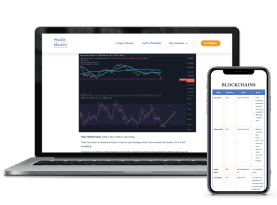




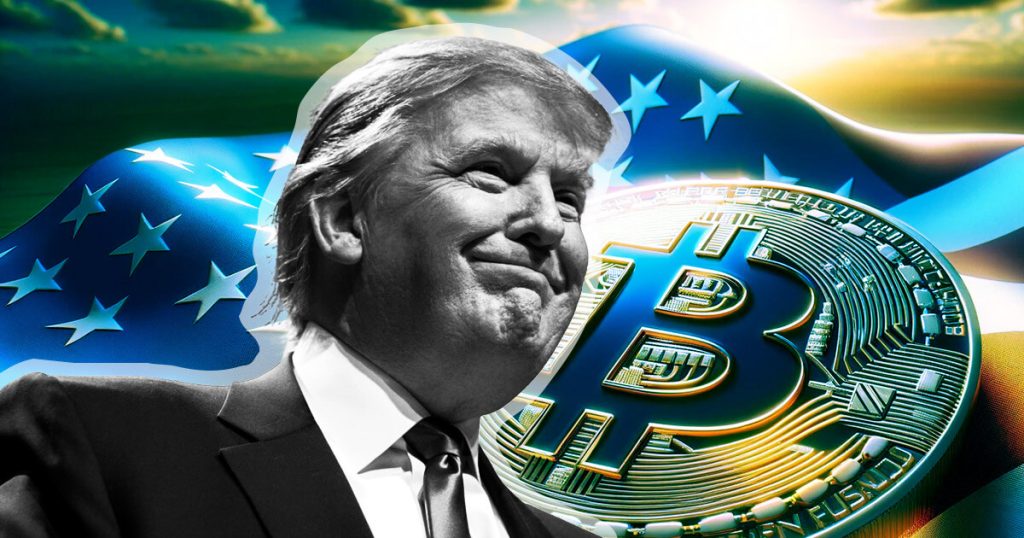
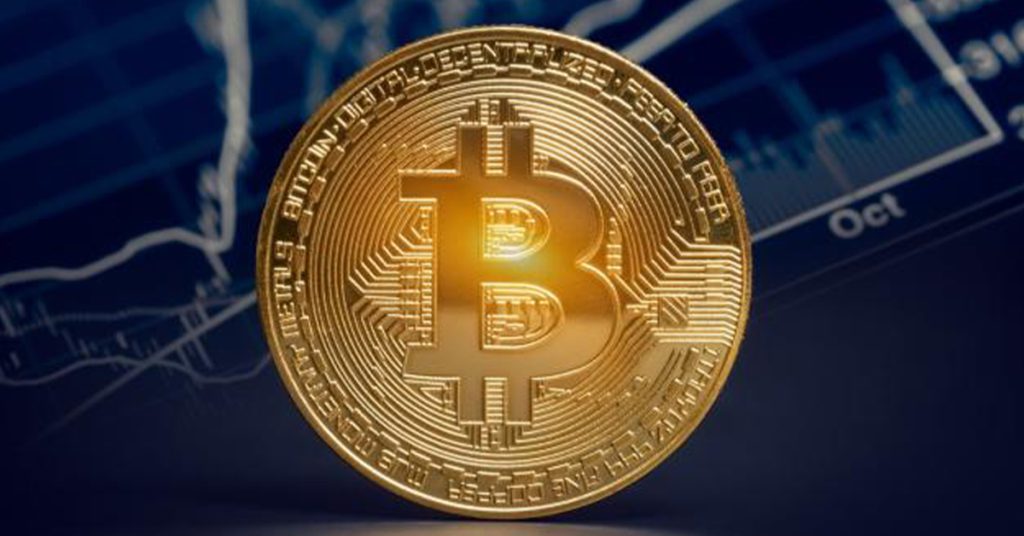
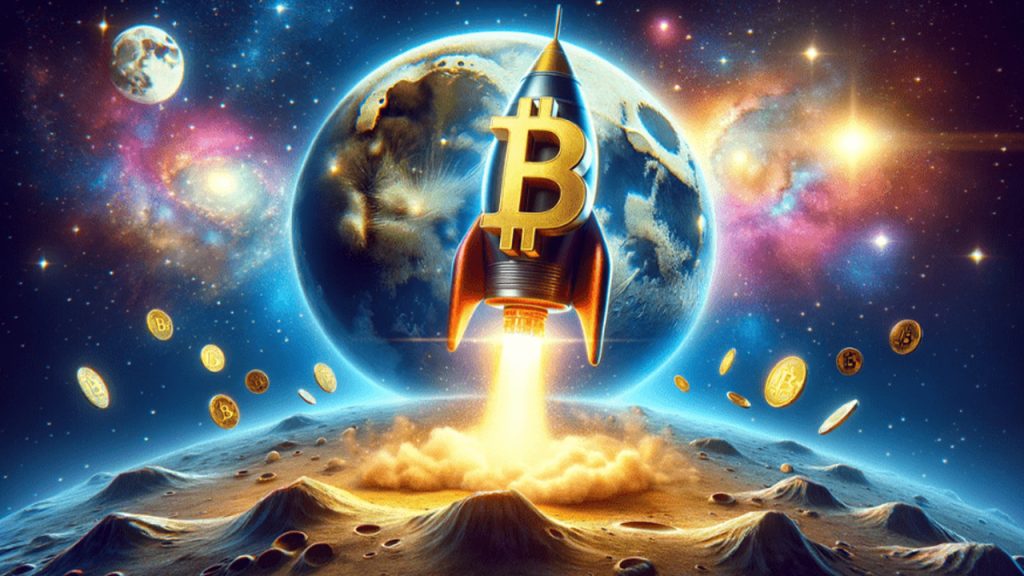
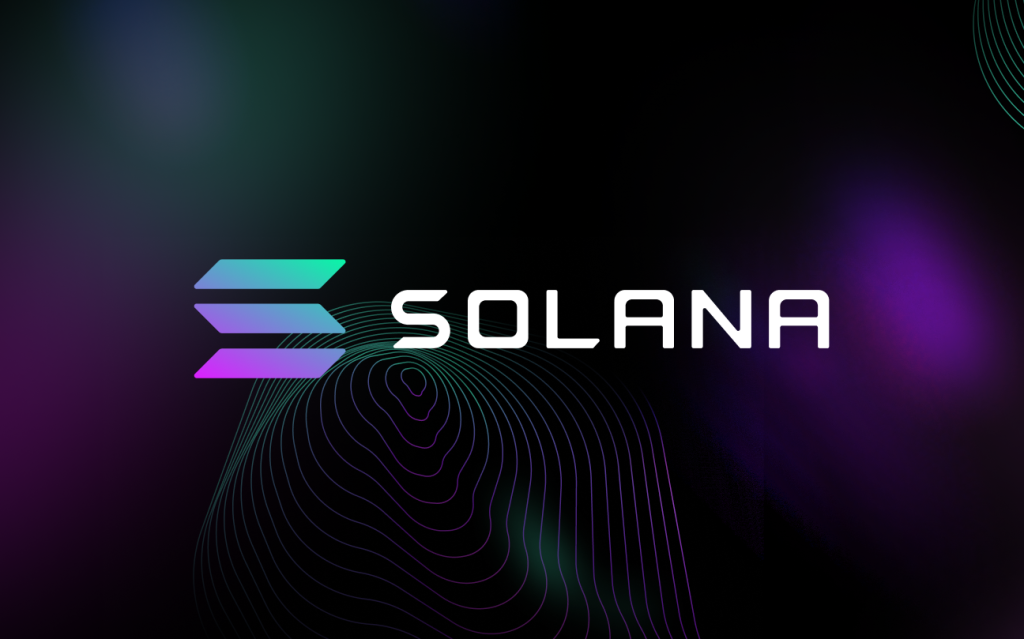
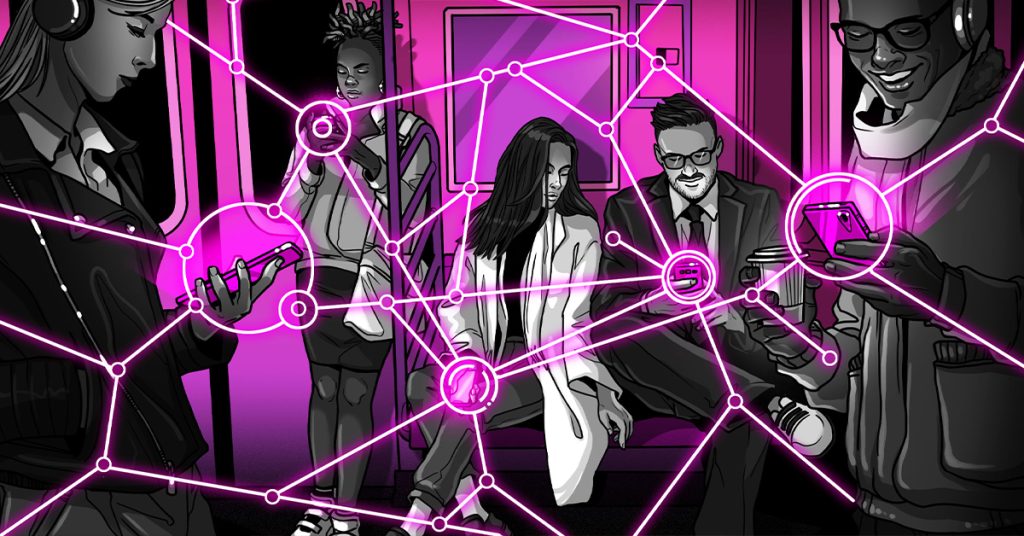
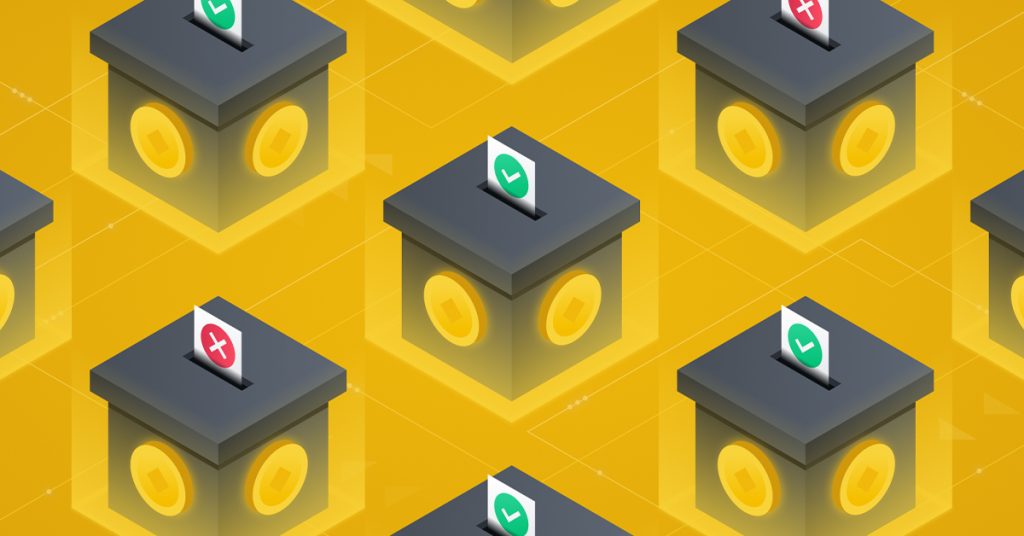
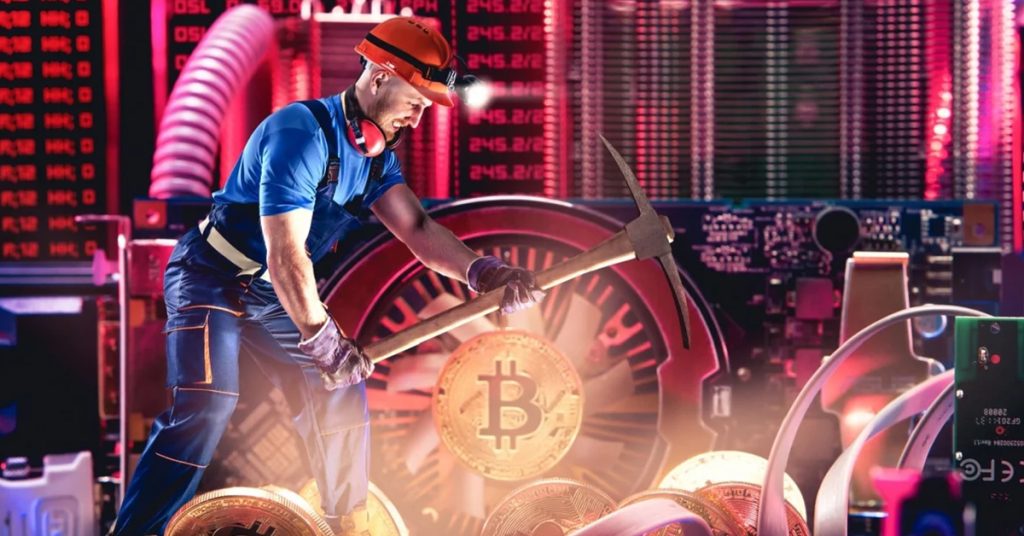

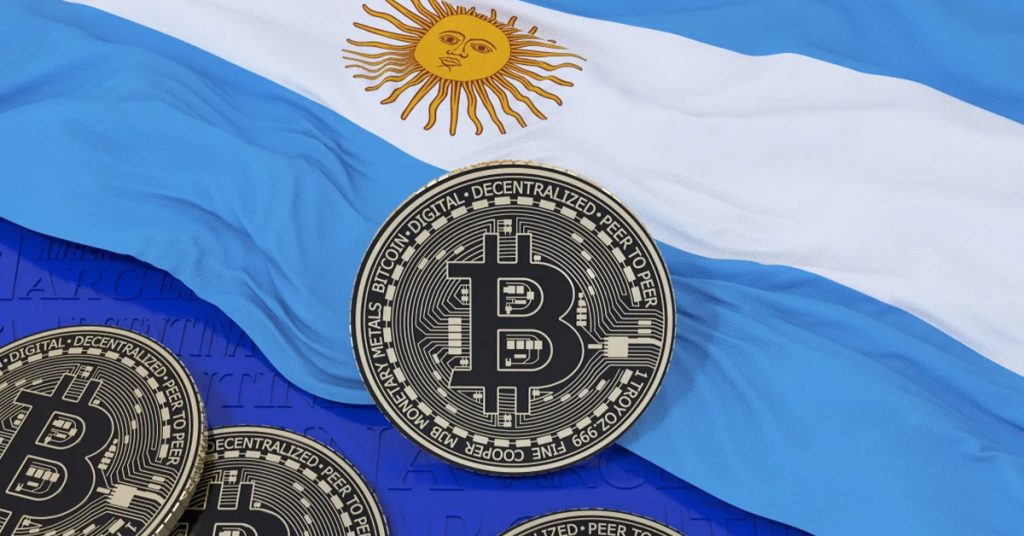
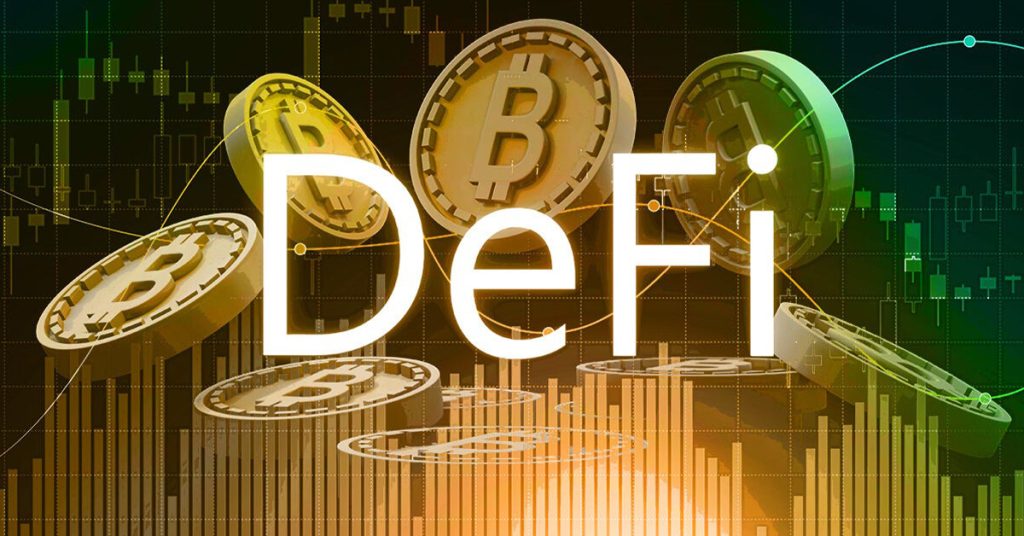
Responses